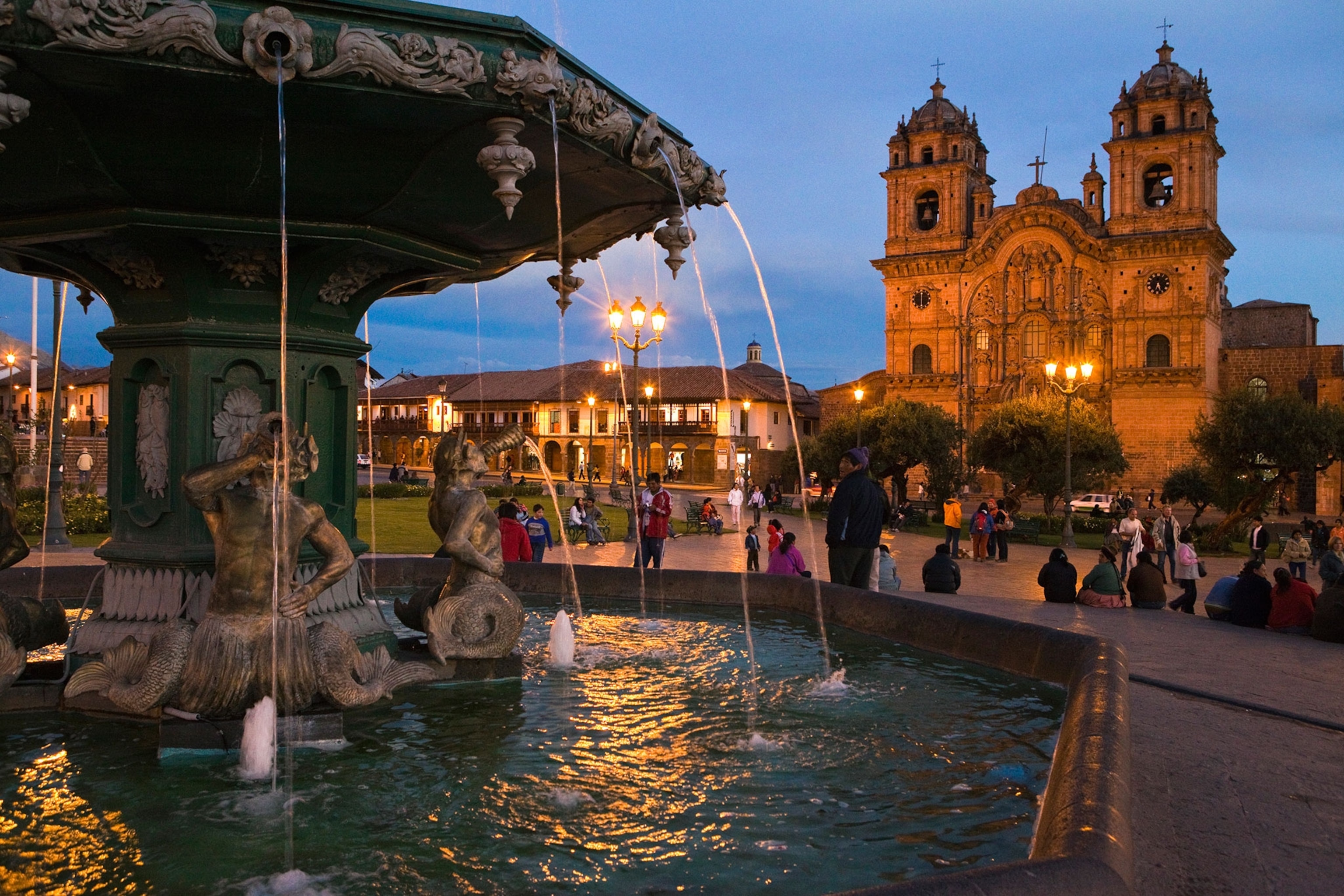
What a Comedian Learned by Traveling to the End of the Earth
Steve Hely, a television writer for The Office and American Dad!, took a 6,000-mile solo trip from Los Angeles to the tip of South America.
When he isn’t writing scripts for TV shows such as American Dad!, The Office, or Late Show with David Letterman, Steve Hely likes to spin a bottle on a map and have it point him in the direction of somewhere he has never been before. For The Wonder Trail: True Stories from Los Angeles to the End of the World, he left his home in Los Angeles to travel through Central and South America to the bottom of the world, in Patagonia. Along the way, he is wowed by the ancient Inca city of Cusco, nearly gets kidnapped in Panama, and spends a magical night stargazing in the Galápagos.
National Geographic caught up with him by phone from his home in Los Angeles.
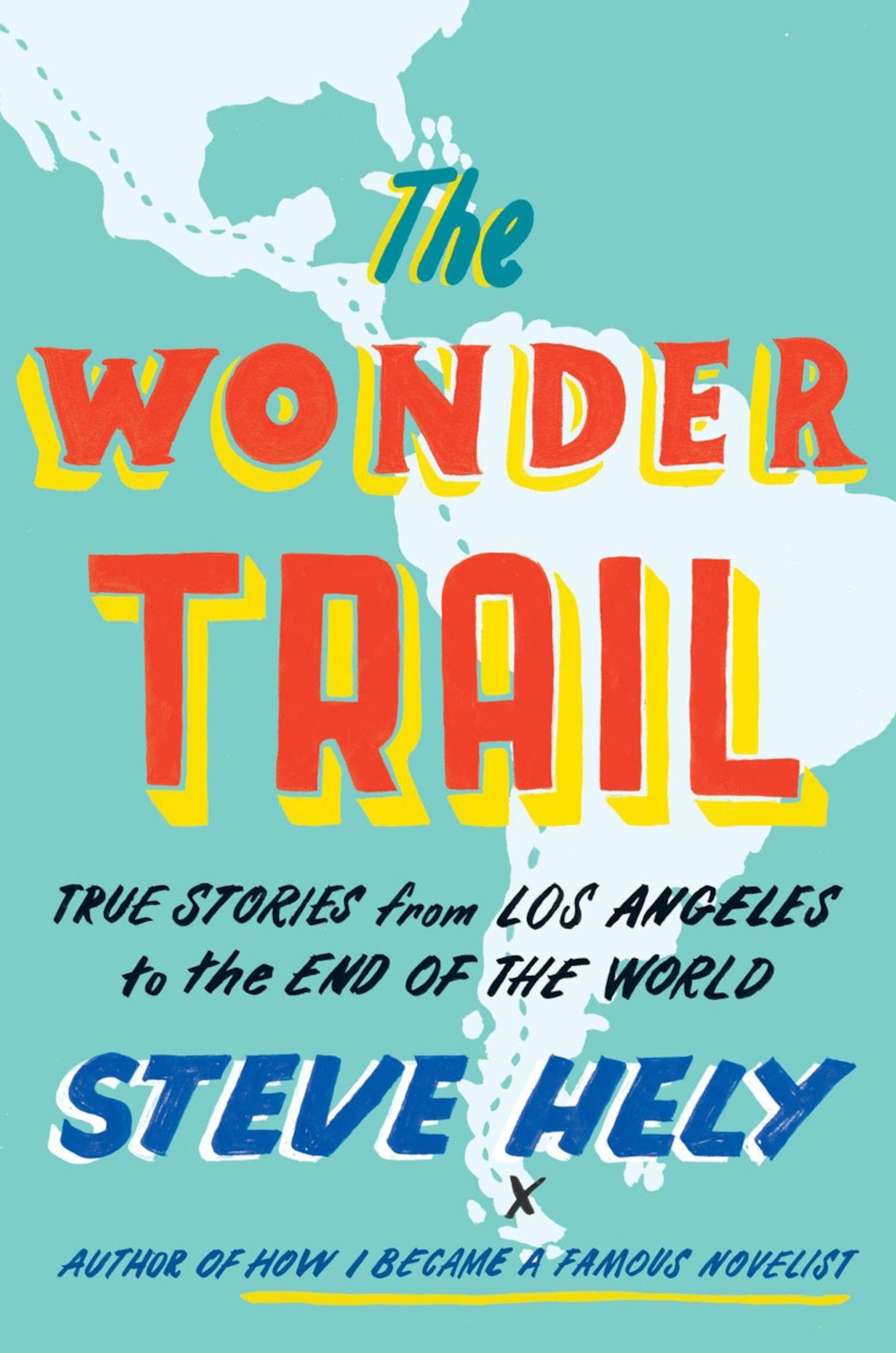
You've written for David Letterman and The Office. What made you set off on a road trip through Central and South America?
In the TV business we have something called “hiatus,” which is the time in between shows in production. There has to be a special word otherwise people would be outraged that we have that much vacation time here in L.A. I’ve always tried to use that time to travel, see different parts of the world, and have some adventures. This time I decided to head south. The idea that there’s this whole world south of the border of the U.S. that a lot of people don’t know much about seemed like something worth exploring.
Your trip is also the story of several different kinds of “trip.” Tell us about your night at a shaman’s house in the Amazon taking ayahuasca.
Down in the Amazon they have this potion they have been making for hundreds of years, if not thousands, made out of two different kinds of plants. It’s called ayahuasca, and the active chemical in it is called DMT. Taken in concentration it can cause you to have hallucinations, time distortions—all sorts of things happen to your mind. Amazonian people have used it as part of their ritual medicine and spirituality for as long as [we've known] about it. Lately, Western people have been getting interested in this stuff, [people] looking for kicks or spiritual enlightenment or people trying to recover from trauma.
I was staying in a little lodge in the Amazon, and I asked the guides about this stuff. They said, Yeah, we can arrange that for you—come with us to the shaman’s house. It was about an hour’s ride down the river and another hour’s walk from the village. The shaman’s house was built on stilts in a little clearing in the jungle. We waited for the sun to go down, then the shaman began brewing up this black substance in an empty Coke bottle.
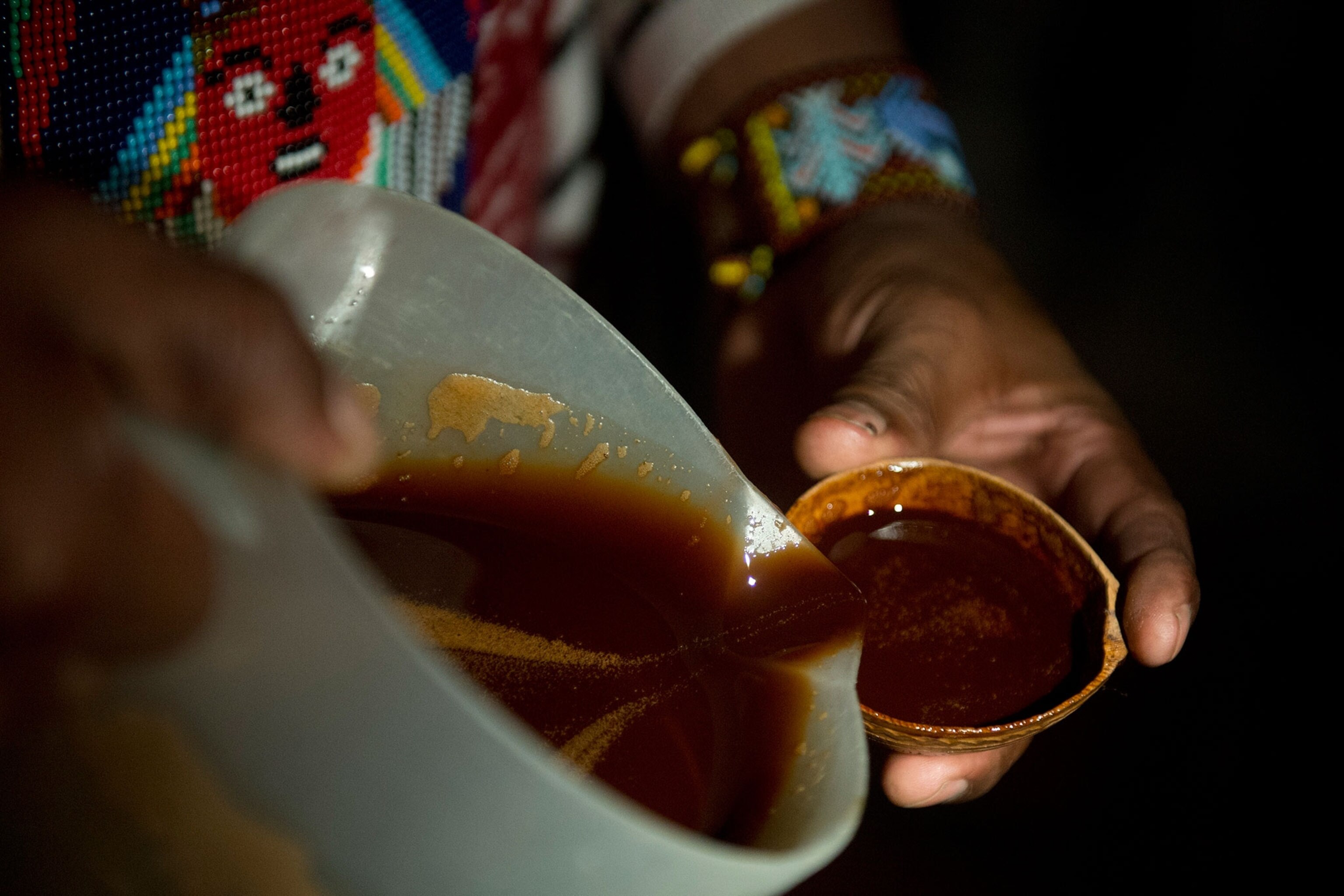
My guide and I each had a big drink. I was lying under a mosquito net at the back of the shaman’s house. I would close my eyes and see visions that looked like a Pixar movie, with parades of colorful animals, and I had a feeling of being totally insignificant in this vast cosmos and enormous at the same time. At one point I had to get up to go to the bathroom, groggily stepping down from the house. My guide, who also had this stuff in his system, mentioned that I should make sure to put my boots on or I might get bitten by a snake, which is about the last thing you want to hear when you are in a mentally altered state. [Laughs] I stepped into the jungle, and it looked like the trees were about to lean over and whisper a secret to me.
You call yourself “no explorer, just a curious dope on a wide-eyed stumble.” Aren’t you being a bit harsh on yourself?
You think so? [Laughs] When you read the literature of travel, there are people trekking barefoot to the North Pole or exploring remote places in the Himalayas. The places I was going to were more or less on the traveler’s track. It wasn’t like I was discovering new lands. On the other hand, there are a lot of people who have never been to these places or who have never left the U.S., who I thought would get something out of me going to them and reporting back.
Nearly anywhere you go in Central and South America you’re probably not far from the site of some massacre. There are a lot of great journalists who cover that, like Jon Lee Anderson. But I didn’t think it was my job to write about the miseries of this part of the world but [instead] to report on the wonderful places there: the interesting vestiges of ancient culture, amazing natural sites, and amazing cities, like Cusco.
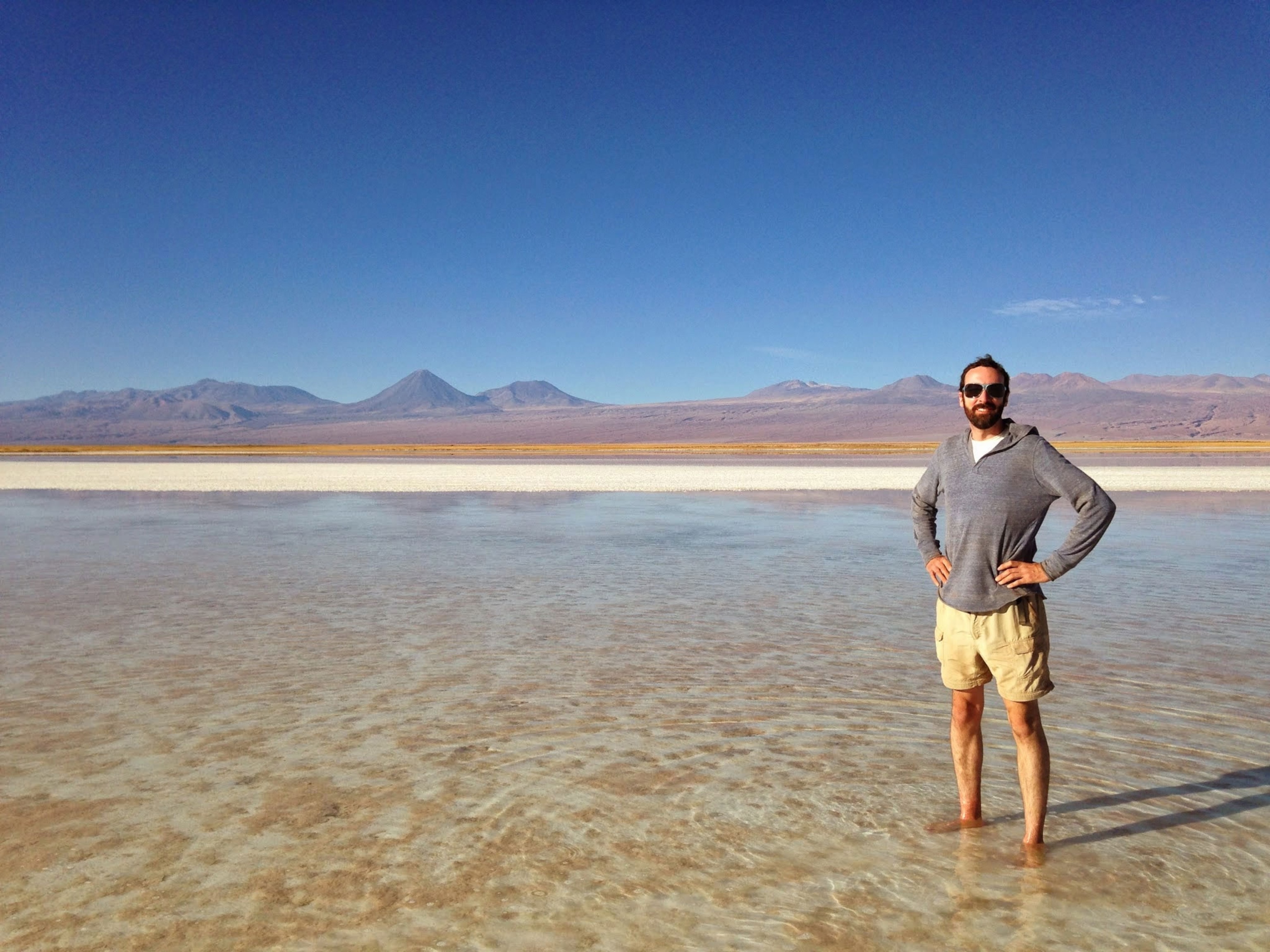
Dervla Murphy, the Irish travel writer, said she “resisted the temptation to make myself sound more learned by gleaning facts and figures from an encyclopedia and inserting them in appropriate places.” You didn’t, did you? Why?
I took the totally opposite track. Part of my job is to gather up interesting facts and put them into the book. Not to make myself smarter—but to help somebody casually grazing through a book about Central and South America learn about these places and how they came to be. To me, the world is a little bit absurd. How things end up the way they are is often the result of absurd chance, enormous personalities, bizarre accidents, strange coincidences of nature, economic developments. To not have a sense of the absurd about it seems to be missing the point. The world is strange and wonderful; good, bad, and sometimes arbitrary. And one of the best ways to capture that is through humor.
You write, “Wherever you go in the world you will find Australians being preposterous.” Tell us about your time with the “A-Team” and why you love Aussies.
Supposedly, when they brought the first convicts to the shore of Australia in the First Fleet the very first thing they did was issue them rum. These were criminals from the U.K., prostitutes, thieves—and the very first event in white Australian history was a big party on the beach! I think that has continued to be their national tradition. [Laughs]
I was trying to get from Panama to Colombia. There’s not really a road between the two countries. There’s something called the Derian Gap. It’s pretty much an area of lawless jungle. I ran into these five Australian kids, who were passionate surfers. They had flown to Mexico City, bought a huge Dodge minivan and driven it through Central America visiting every cool surfing spot they could find. Now they were trying to get to Colombia for the next stage of their partying. They were on the same sailing ship from Panama to Colombia with me. They were great: full of joy and enthusiasm. And they wanted to party! It was contagious, and I traveled with them for a few days through Colombia, sampling pretty much everything that that part of the world had to offer.
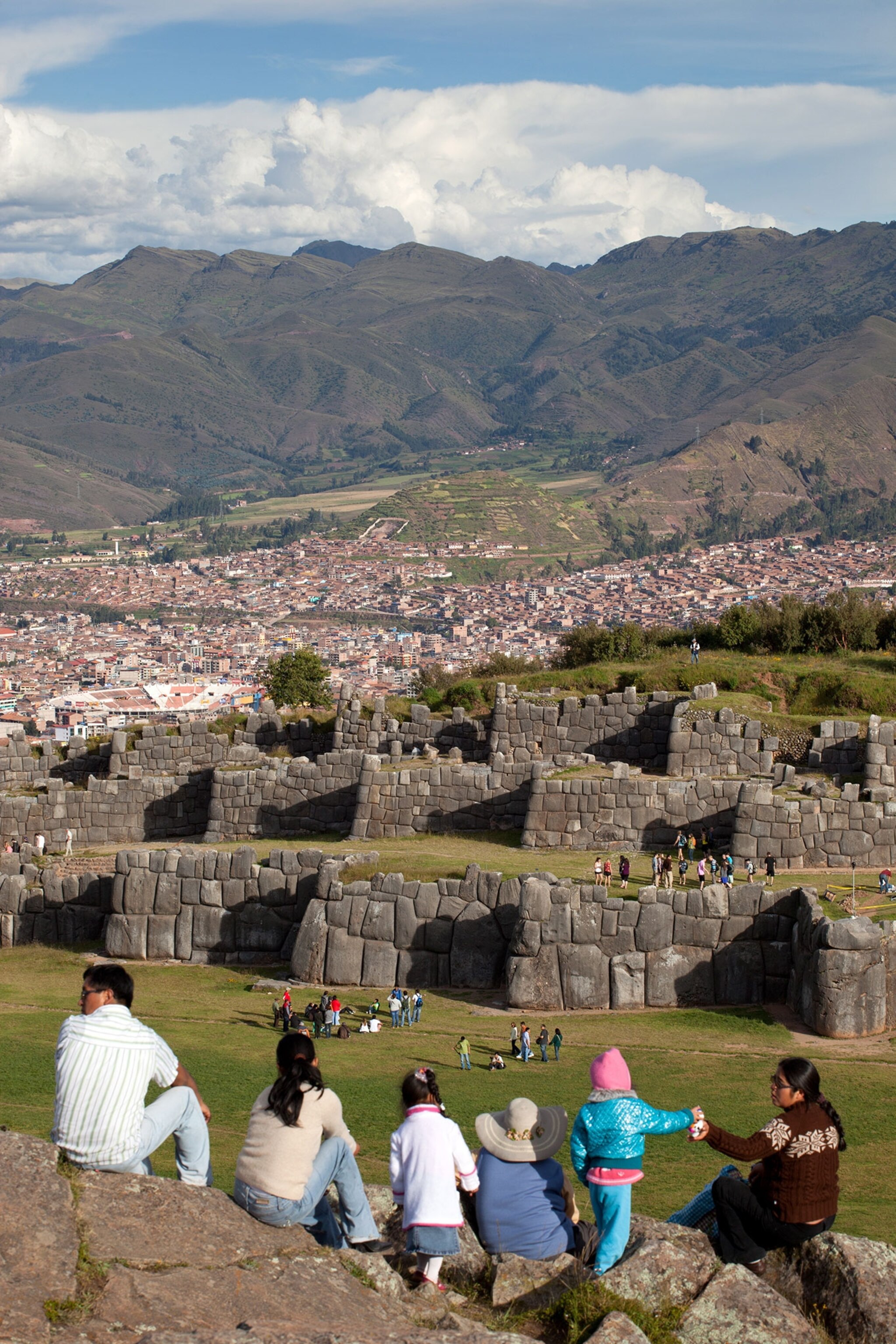
One of your favorite places was Cusco, in Peru. Tell us about it—and why you liked it.
Cusco was the capital of the Incan Empire in the 1400s to early 1500s. It’s about 10,000 feet up, and there’s a cool blend of traditional culture, with a Spanish influence and an influence from the many Japanese and Chinese people who’ve come to Peru. A lot of people use Cusco as a staging area for big treks into the Andes, so there’s a buzz of excitement in the air. The streets are very narrow with steps that lead up to these little neighborhoods on the side of a mountain. Overlooking it all is a castle the Incas built. It's called Sacsayhuaman and is made out of enormous blocks of stone. It has a magical, medieval quality, like you stepped into something from a twisted fantasy novel. There are llamas and alpacas, and people are eating guinea pigs and all kinds of weird legumes.
Your goal was to get to the southernmost town in the world, Puerto Williams, in Patagonia. But you bail out before the finishing line. Why?
It’s true. I got to Ushuaia—across the water from Puerto Williams—looked across the bay to Tierra del Fuego and considered the trip pretty much complete. I figured it didn’t need the extra day or so of getting across to another town, which is basically the launching pad to Antarctica. I thought I’d made it more or less to the bottom and I awarded myself top prize.
I’d been on the road for about three months. When I got to the bottom of Patagonia, it was late May— wintertime—and I was worn out. Checking off geographical markers is a lot less important than being around the people you love. And the people I loved were back in the U.S., so I figured I’d had enough of an adventure and it was time to go back home.
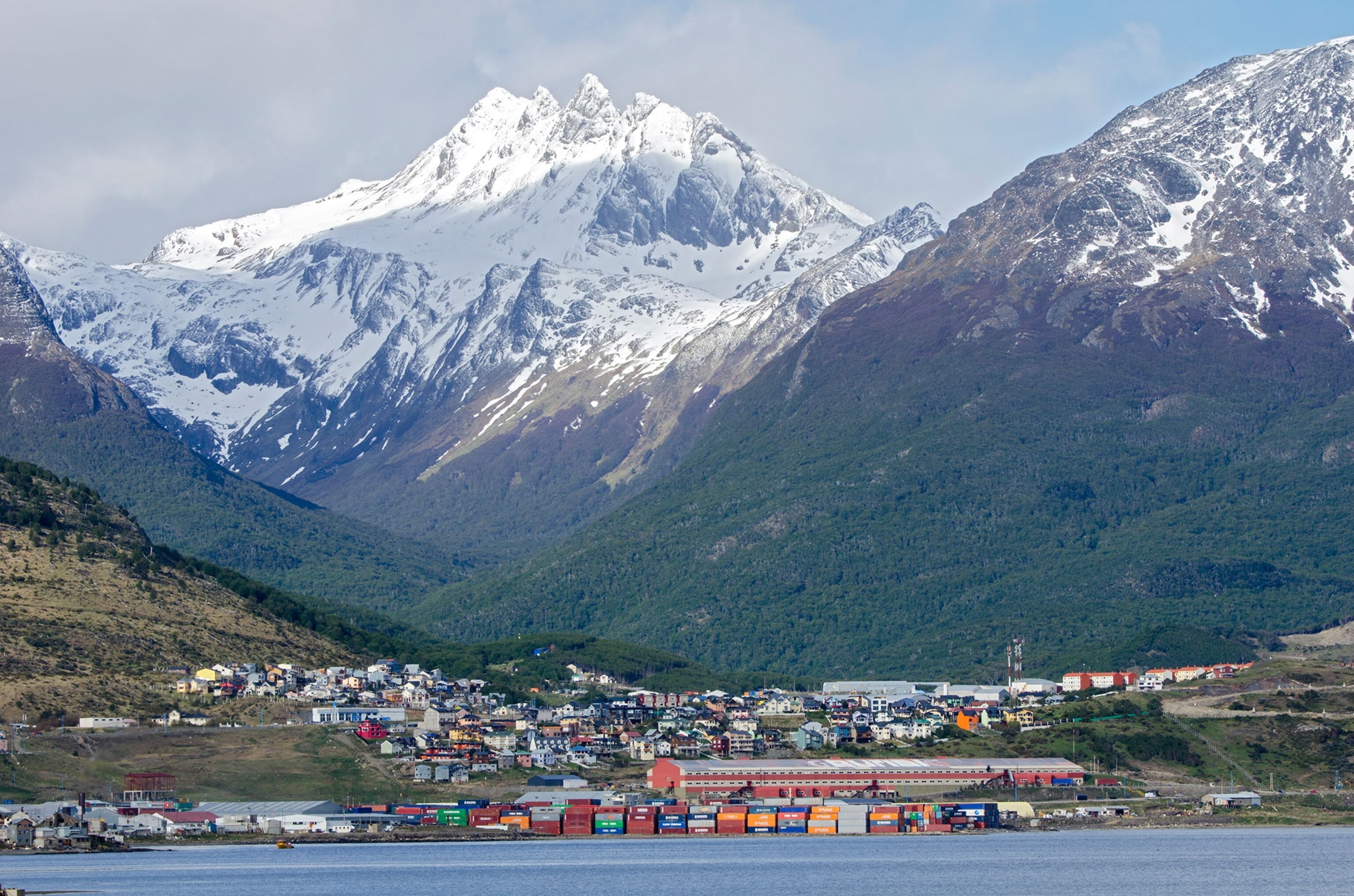
You write at the end of the book that when you “scroll back through the memory of all the wonders I’d experienced, what mattered more than anything was people.” Unpack that idea for us.
For instance, I’m in the middle of the Panama Canal watching ships come back and forth. But the most entertaining part was listening to the stories of my fishing guide, who’d taken me down into the Panama Canal. Thinking back on the Mayan ruins, they’re cool, impressive things to see. But the most fun I had was when I ran into a helpless American girl, whom I had to help out with accommodation, as she was going to sleep outside in the jungle in her hammock.
People are what’s best in the world. You go to see something wonderful but usually the experience that has the most impact on you is talking with another person, sharing some experience, hearing from somebody about their life. It’s the human connections that remind you the world is one connected place. We’re all connected to each other, trying to live our lives as best as possible.
What was the worst moment on your trip? And the best?
Great question! Worst: I was in a cab in Panama, convinced that my driver was high on cocaine. He was acting pretty weird and making a bunch of unscheduled stops. Is this going to turn into a kidnapping situation? It was scary, zipping across an unknown country in the car of a guy whose motives you don’t totally trust.
Best moment? Two of my friends met up with me and we went to the Galápagos. We were up really late at night, probably 2 a.m. We’d been drinking, and one of the ship’s officers invited us up onto the bridge. He showed us his nautical charts and then took us out on the deck. In the intense darkness, he pointed out the southern constellations in the U.S, so we could see around the Equator. It was a cool moment. He was sharing his knowledge; we were in this special place, floating around in the middle of nowhere, with good friends. It was great!
This interview was edited for length and clarity.
Simon Worrall curates Book Talk. Follow him on Twitter.







